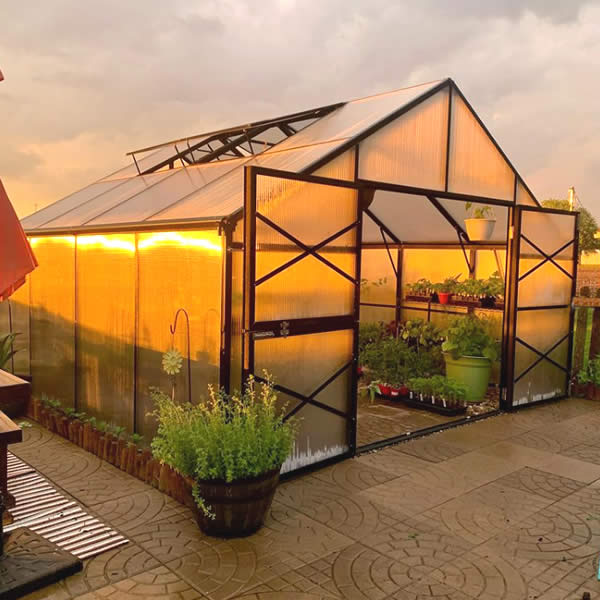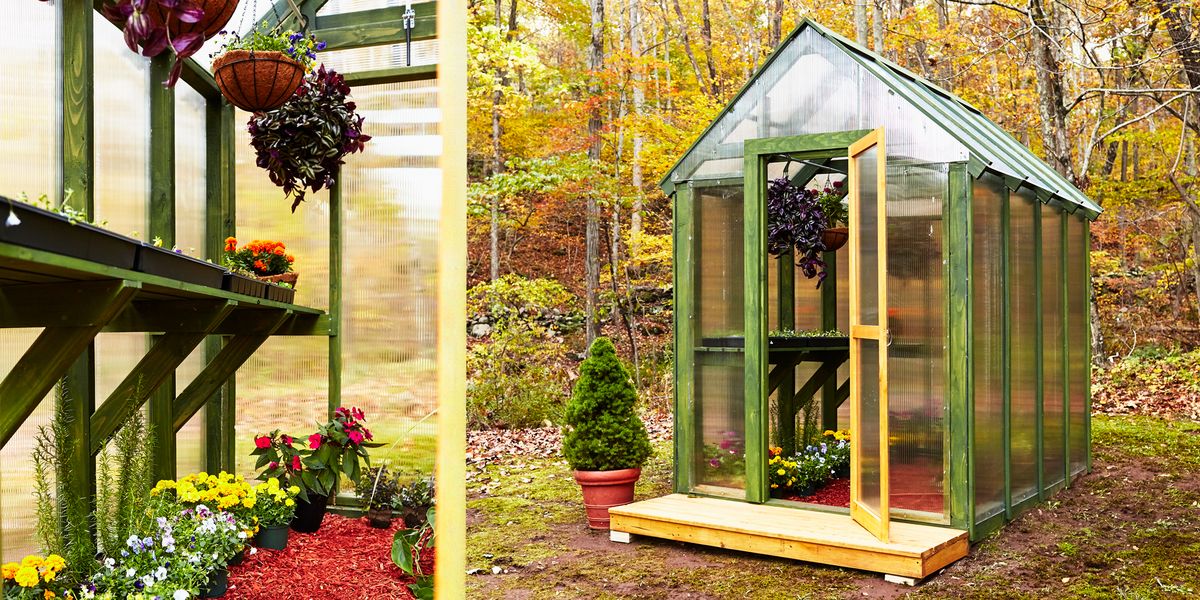Monarch Greenhouse Utah: Elevating Expanding Areas with Precision Construction
Wiki Article
The Future of Greenhouses: Advancements in Lasting Farming
Are you curious about the future of greenhouses and exactly how they are reinventing sustainable agriculture? From advanced climate control systems to upright farming strategies, water-efficient watering methods, eco-friendly energy combination, and smart data analytics, these developments are changing the way we grow our food.Advanced Climate Control Equipment
To attain optimum expanding problems, you can rely upon the improvements in greenhouses with sophisticated climate control systems. These systems have actually transformed the means we grow crops, providing a regulated setting that contributes to plant development. With these innovative systems, you can currently adjust temperature, moisture, light degrees, and also CO2 concentrations to develop the excellent conditions for your plants to flourish.Among the vital attributes of these innovative environment control systems is their capability to control temperature. By using sensors and automated controls, the greenhouse can adjust the temperature level based upon the particular requirements of the plants. This makes certain that they are never ever exposed to severe heat or chilly, which can be destructive to their development.
Moisture control is an additional crucial element of these systems. By keeping the suitable moisture levels, you can protect against concerns such as mold, mold, and condition from impacting your plants. These systems can likewise control the quantity of light that gets to the plants, guaranteeing that they obtain the optimal quantity for photosynthesis.
Additionally, advanced climate control systems can also manipulate CO2 focus. By raising the degrees of CO2 in the greenhouse, you can enhance plant development and performance. This is specifically valuable in areas with low natural CO2 degrees.
Vertical Farming Methods
One crucial upright farming method is making use of stacked growing systems. Stacked growing systems are typically made use of in metropolitan locations where area is restricted.One preferred approach is recognized as upright hydroponics, where plants are expanded in nutrient-rich water without dirt. This strategy is very effective as it minimizes water use by up to 90% contrasted to standard farming methods. Additionally, considering that the plants are expanded indoors, they are safeguarded from illness and bugs, decreasing the need for chemicals.
An additional strategy is aeroponics, which includes suspending the plant roots in a mist or air environment. This approach permits optimum nutrient absorption and oxygenation, leading to faster development and higher yields. Aeroponics additionally makes use of less water than traditional farming and can be carried out in vertical systems, making it a preferred selection for upright farming.
Water-efficient Irrigation Methods
Maximizing water preservation is essential when it comes to carrying out water-efficient irrigation techniques in lasting farming. With global water scarcity coming to be a pushing concern, it is essential to create ingenious techniques that enhance water usage in greenhouse operations.One appealing approach is drip watering, which provides water straight to the plant roots, lessening waste and evaporation. By using a network of tubes with small emitters, water is applied gradually and exactly, making sure that plants click this site receive the essential wetness without excess drainage.
An additional reliable method is making use of soil moisture sensing units. These gadgets determine the wetness content in the dirt and offer real-time information to farmers. By checking the soil's moisture degrees, farmers click to investigate can precisely establish when and just how much water to apply, avoiding over-irrigation.
Additionally, the implementation of rain harvesting systems is acquiring popularity in greenhouse farming. Gathering rain from roofs and saving it in storage tanks permits farmers to use this natural resource for watering objectives, decreasing reliance on conventional water sources.
Last but not least, the fostering of automated irrigation systems can dramatically improve water performance. These systems utilize sensors to spot dirt wetness degrees and weather condition problems, readjusting irrigation routines appropriately. By maximizing water use based on actual plant demands, these systems can minimize water waste and promote lasting farming practices.
Renewable Resource Integration
Renewable power combination in greenhouses provides several benefits, consisting of lowered running expenses and lowered dependence on non-renewable power resources. The generated power can after that be utilized to run different procedures within the greenhouse, such as home heating, lights, and ventilation systems. These turbines harness wind power and transform it right into electrical power, which can be utilized to supplement the power demands of the greenhouse.Smart Data Analytics and Automation
To improve the effectiveness of your greenhouse operations and optimize source utilization, think about implementing smart data analytics and automation. Smart information analytics includes collecting and analyzing information from various sensors and devices within your greenhouse.
Automation, on the various other hand, involves utilizing modern technology to automate jobs that were formerly done by hand. This can consist of automating the control of lights, ventilation, irrigation systems, and nutrient shipment. By automating these procedures, you can guarantee that your plants get the right conditions and nutrients at the correct time, without the demand for consistent hands-on intervention. This not just saves you time and effort but also decreases the danger of human error.
In addition, wise information analytics and automation can interact synergistically. The data accumulated by sensors can be made use of to go to these guys educate computerized systems, allowing them to make real-time adjustments based on the current problems. This combination of data analytics and automation can bring about a lot more reliable and exact resource allocation, inevitably causing greater yields and far better plant high quality.
Final Thought
In verdict, the future of greenhouses in lasting farming looks appealing. With advanced environment control systems, upright farming strategies, water-efficient irrigation techniques, and sustainable energy assimilation, greenhouses are becoming much more effective and environmentally friendly.
By maximizing water usage based on actual plant needs, these systems can minimize water waste and advertise lasting farming methods.

Report this wiki page